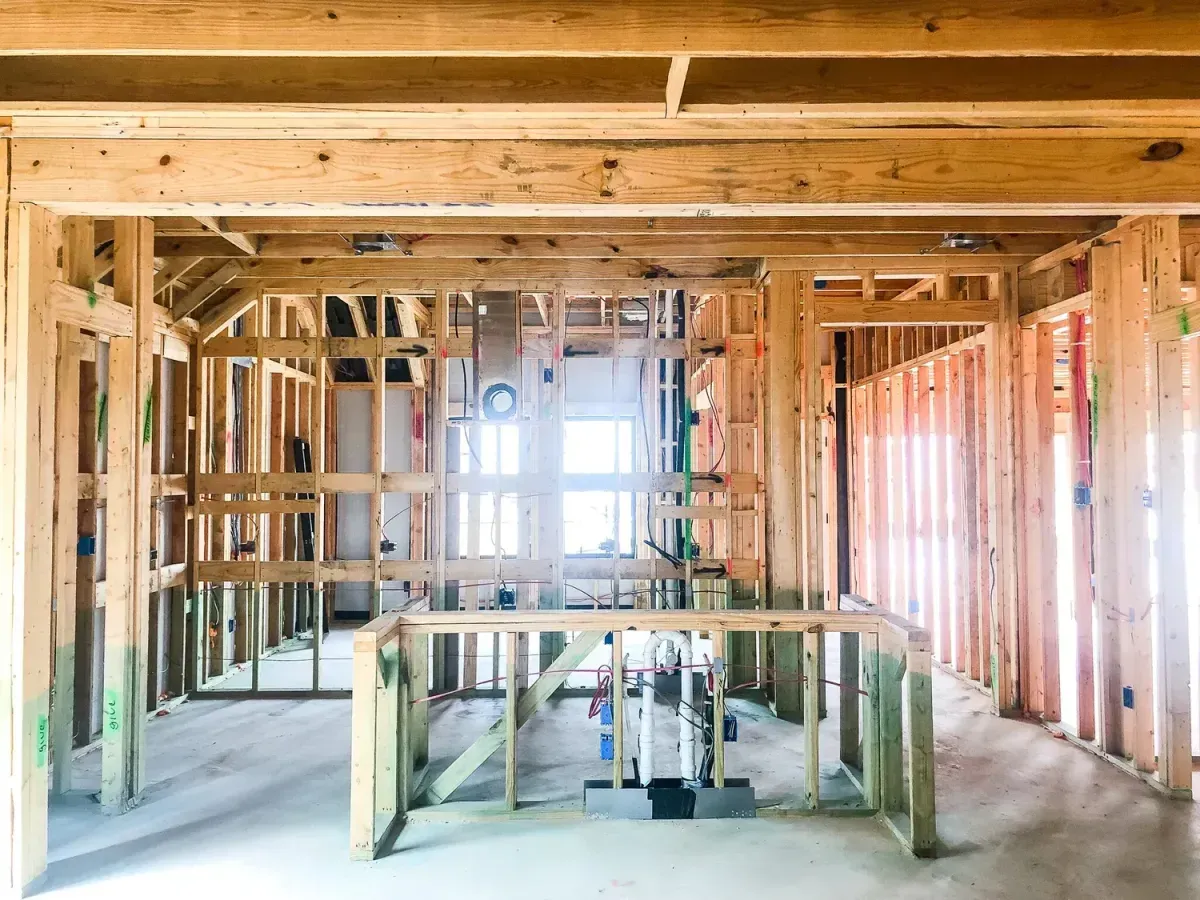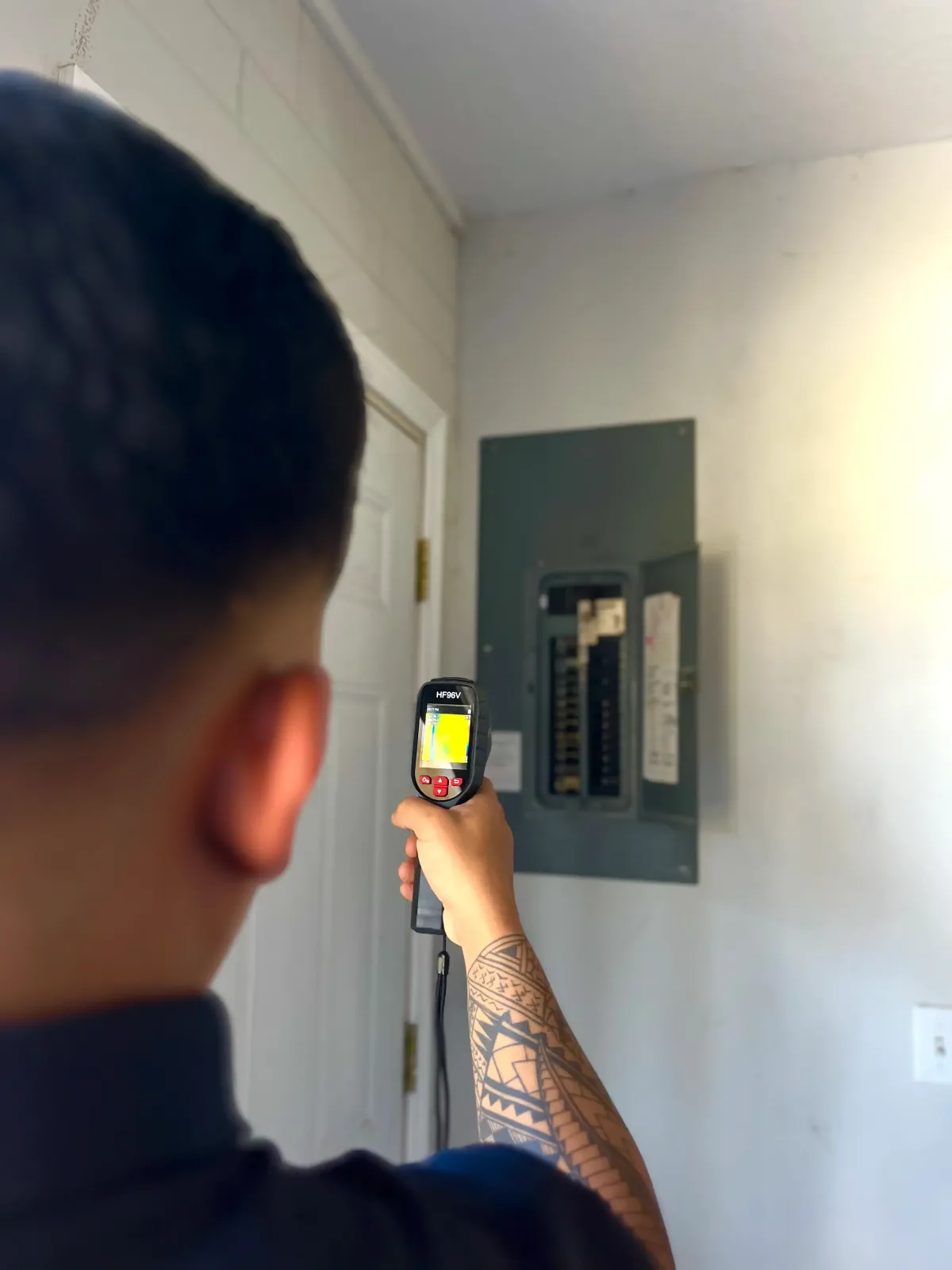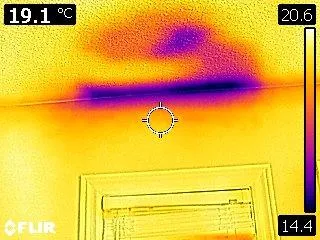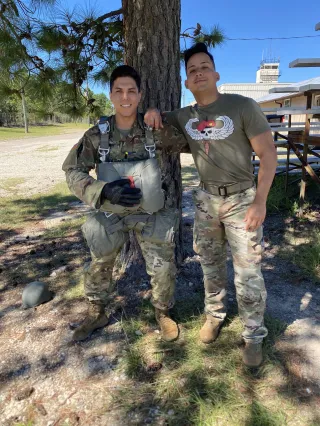Broward / Palm beach (754) 267-0824 - Dade-County /Monroev (786) 875-9745
Quality Home Inspectors –
Central Florida’s Trusted Home Inspection Company
At Quality Home Inspectors, we deliver professional, detailed, and reliable home inspection services across Central Florida. Whether you’re buying, selling, or insuring a home, our certified team ensures you get the clarity and confidence you need before making any decision.
We’re veteran-owned, fully licensed, and insured, combining years of experience with advanced technology to uncover what truly matters in your property from the foundation to the roof.
accepted by all insurance carriers



Certified Professional Inspectors
Serving all of Central Florida

Full Home
Inspections
A full visual and structural assessment of your property, including the roof, plumbing, electrical, HVAC, and foundation. Perfect for buyers who want a complete picture before closing.

Condo
Inspections
Specialized inspections for condos and townhomes, focusing on interior systems, structure, and safety features.

Pool
Inspections
Our pool inspection service ensures your pool and spa systems are safe, functional, and properly maintained. We inspect pumps, filters, safety barriers, plumbing, and structure — helping you avoid costly repairs later.

Insurance
Inspections
We perform both 4-point and wind mitigation inspections required by insurance companies,
helping you qualify for lower premiums

Commercial
Inspections
Professional inspection services for office buildings, retail spaces, warehouses, and investment
properties, helping owners and investors understand structural and system conditions before purchase or lease.

New Build
Inspections
Ensure your newly constructed home meets quality standards and is free of hidden issues. We inspect every stage — pre-drywall, final, and warranty — giving you peace of mind before move-in.

WDO Termite Inspections
Our certified inspectors check for termites and other wood-destroying organisms before they cause costly structural damage.

Thermal Inspections
Using infrared thermal imaging, we detect hidden problems like water leaks, electrical issues, insulation gaps, and moisture intrusion not visible to the naked eye.
Reasons Why QHI is the #1 Choice
High Quality Inspections, Using the latest technology
Choosing Quality Home Inspectors means benefiting from the most advanced inspection techniques available. Our investment in state-of-the-art technology, including thermal imaging cameras, allows us to identify potential problems that are invisible to the naked eye. By uncovering these hidden issues, we provide you with a more accurate and detailed assessment of your home, empowering you to make informed decisions.

Same Day Inspection Reports
In today's fast-paced real estate market, time is of the essence. That's why we guarantee your detailed inspection report within 24 hours of the inspection. Get the critical information you need, quickly, to keep your transaction moving forward without delay.
Veteran Owned & Operated
Our company is built on the foundation of skills and values honed through military service: discipline, attention to detail, and a commitment to thoroughness. We bring this same dedication to every inspection we perform, ensuring accuracy and reliability for our clients.

Licensed & Insured
As certified home inspectors, we’re fully licensed and insured to protect our clients and their investments. Our licensing ensures we meet all state and industry standards for professional inspections, while our insurance coverage provides peace of mind for homeowners, buyers, and real estate professionals alike. When you choose us, you’re choosing a trusted, qualified team committed to accurate, unbiased reporting and your safety throughout the inspection process.

Training & Expertise
Our commitment to providing you with the most thorough and reliable inspections starts with our rigorous inspector training. Each member of our team undergoes comprehensive and ongoing education, staying at the forefront of industry best practices, building codes, and the latest inspection techniques. This dedication to continuous learning ensures that our inspectors possess the in-depth knowledge and sharp eye necessary to accurately assess your property.

We Are Local Experts & Residents
As a proud resident of the West Volusia community for over two decades, we are committed to providing thorough and reliable home inspections right here at home. Our extensive local experience offers a distinct advantage, as we've witnessed firsthand the unique characteristics and potential challenges of homes in our Central Florida market. This deep-rooted familiarity provides an invaluable perspective when conducting your home inspection. We understand the common construction styles, the impact of our climate, and the specific concerns that buyers and sellers in Central Florida often face. This local expertise ensures a more nuanced and informed inspection, tailored to the specific needs and expectations of our community.

Areas We Serve

OFFICE HOURS
Monday-Saturday
8 am - 6 pm
